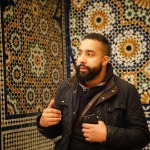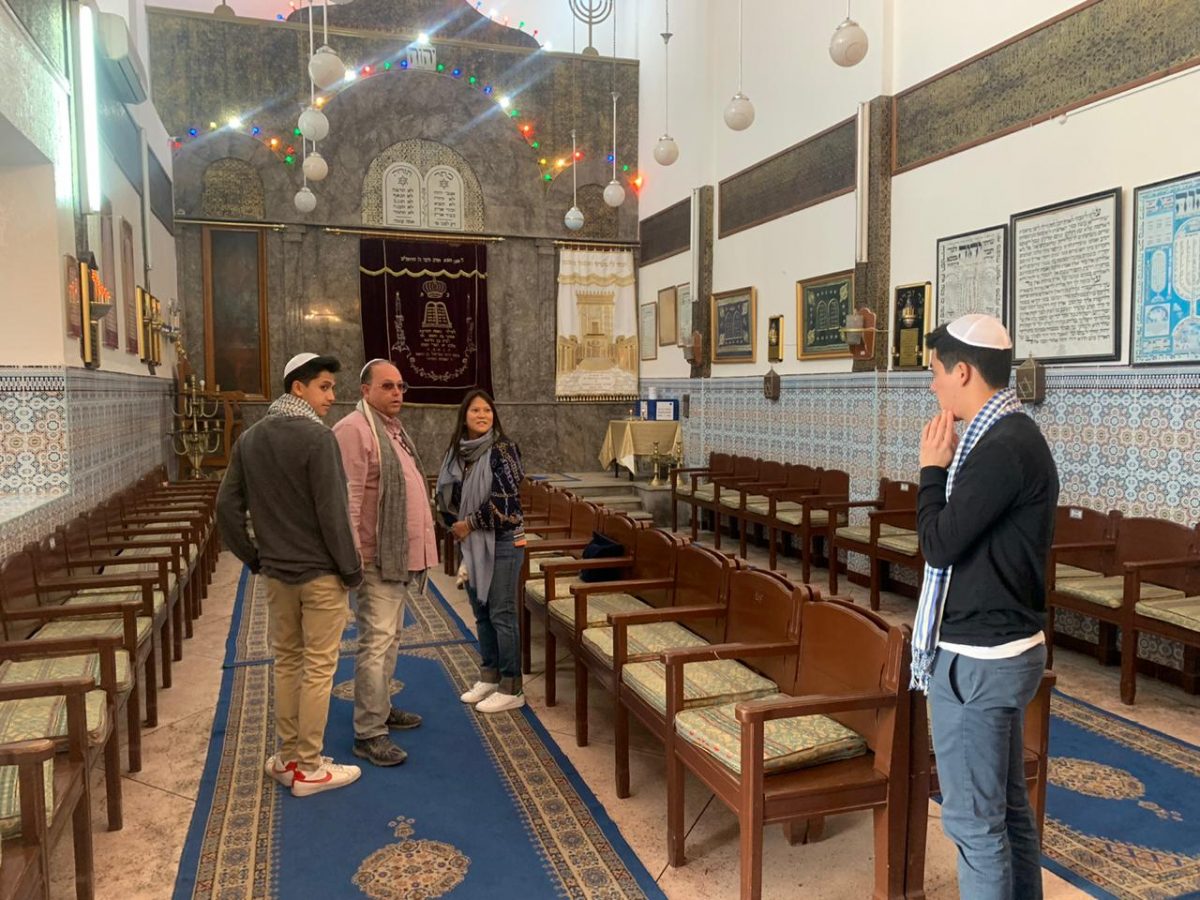For those concentrating on a historical approach to Morocco, there is no better place to learn about the country’s interesting past than in Marrakech. While many monuments and sites are worthy of note, Marrakech, much like Fez, can boast its Jewish and Islamic pasts that bring flavor and appeal to a country that will be receiving nearly ten million visitors per year.
Morocco’s noteworthy history includes a long period where Muslim and Jewish settlers accepted each other’s differences and worked to bring their businesses to fruition. The Mellah in Marrakech refers to the area where Jews resided. Living in their own separate quarter meant that they were protected in the Kasbah walls, more easily watched and sure enough, taxed by the government. The Jews formed lucrative careers working as the financial representatives of bankers, tailors, and even the jewelers of the area. Mellahs in Morocco, especially by the mid-1500s became their own small cities, which included synagogues, outdoor markets, fountains, and balconies overlooking the tight alleyways and streets.
The remnants of the Marrakech Mellah are now known as the Hay Essalam area. While many Jews no longer reside in the region, some still live here as their families chose to remain rather than depart for Casablanca, France, or even Israel. Since Jews were not allowed to own land or property until the French came, they subsided on their own type of work, including working in the small shops of the area. Centuries ago, if they wished to venture outside their quarters, they would have to do so barefoot.
If you’d like to explore the Mellah, then you can enter through the Place des Ferblantiers, which was once referred to as the Place de Mellah. If you are having a hard time finding the area, look for the tin workers who now line the outer edge of the square souk. In this area, you’ll also be able to visit Place Souweka, which is a fountain that marks the center of the quarters.
When walking through the souk, attempt to stay on the main passageways through and you’ll come upon the Jewish Cemetery and shrines that are still visited today. The synagogues are also along this same route and the main ones are called the Lazama and El Fasiines. If you’d rather not have a guide for the area, then you’ll have to ask until you reach your destination. Otherwise, a guide is the easiest way to find them. The Mellah has even more synagogues that are all viewable by navigating your way through the somewhat tricky medina alleyways. Two other synagogues worthy of note are the Rabbi Pinhas and Bitoun.
Synagogues in both Marrakech and Fez are impressive sites, even if they don’t stand out as much as mosques in the country. The Mellah of Marrakech is an interesting area that tells a story of Morocco’s past, a country that has been open to those of different cultural and ethnic backgrounds for centuries. While the Jews didn’t have it easy under many of Morocco’s rulers, they did share in the protection of most sultans and thrived from the booming business in several areas of the country. Whether they were shopkeepers, bankers, or jewelers, the history of the Jews in Morocco is just another part of Morocco’s dynamic past.

During this one of a kind experience, you will discover and learn about the Moroccan Jewish community lifestyle and history You will dive in the Jewish quarter “Mellah” , visit the beautiful synagogue Salat Al Azama and the jewish cementery Miara that has been there since the 16th century, speak directly to the Local RABBI about the evolution of the Jewish community in Morocco and last but not least you will get to know about the Moroccan Jewish candies as well as the spices and
Continue reading
Contact Marrakesh walking tour guide



